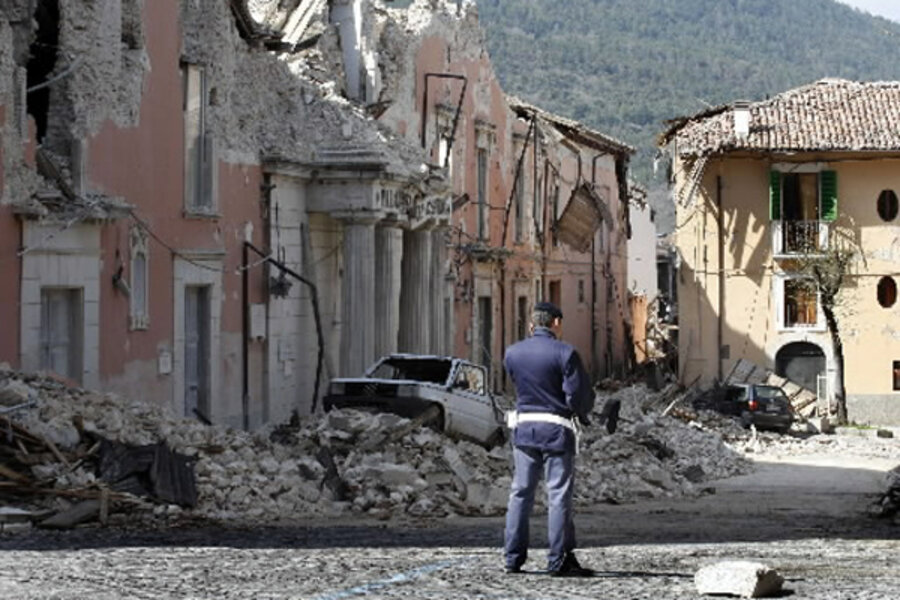Italian seismologists could get four years for incorrect earthquake prediction
Six Italian scientists and one government official could see four-year prison terms for manslaughter for allegedly downplaying the risk of an earthquake in the town of L'Aquila, Italy, in 2009.
According to prosecutors, the six researchers and the Department of Civil Protection downplayed the likelihood that a series of tremors that hit the city in early 2009 were foreshadowing a larger quake. On April 6, 2009, a magnitude-6.3 earthquake killed 309 city residents.
The trial, which began about a year ago, has worried scientists, who point out that earthquake prediction is not possible. But prosecutors insist that the trial is not about predicting the unpredictable, according to Nature News. During closing arguments on Monday and Tuesday (Sept. 24-25), the prosecution assistant told the courtroom that instead, the scientists and officials had inadequately assessed the risk of a quake and given deceptive information to the public. The prosecution is asking for four-year prison terms for the accused.
Earthquake swarms are notoriously unreliable predictors of future quakes, say seismologists. In 1988, researchers found that about half of large quakes in seismically active areas of Italy were preceded by foreshocks, but only 2 percent of small earthquake clusters predicted a big temblor.
At the controversial March 31 meeting in L'Aquila, earth scientist Enzo Boschi, now a defendant in the case, acknowledged the uncertainty, calling a large earthquake "unlikely," but saying that the possibility could not be excluded. In a post-meeting press conference, however, Department of Civil Protection official Bernardo De Bernardinis, also a defendant, told citizens there was "no danger."
Prosecutors have portrayed De Barnardinis as a victim of bad information from the team of seismologists, reported Nature News.
The trial is on hold until Oct. 9, when the defense will present its closing arguments.
Follow Stephanie Pappas on Twitter @sipappas or LiveScience @livescience. We're also on Facebook & Google+.





